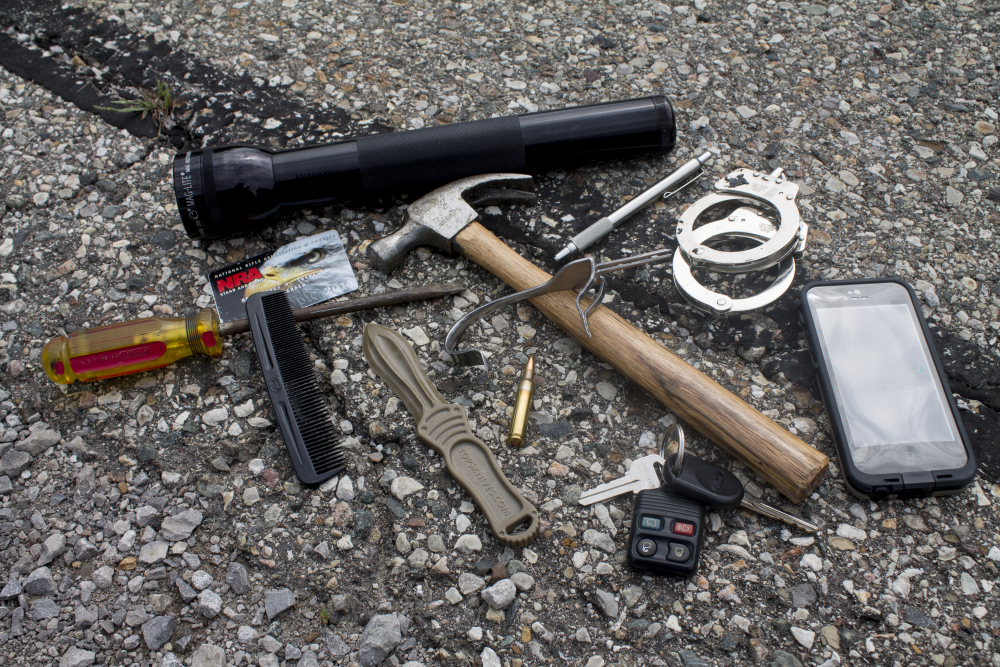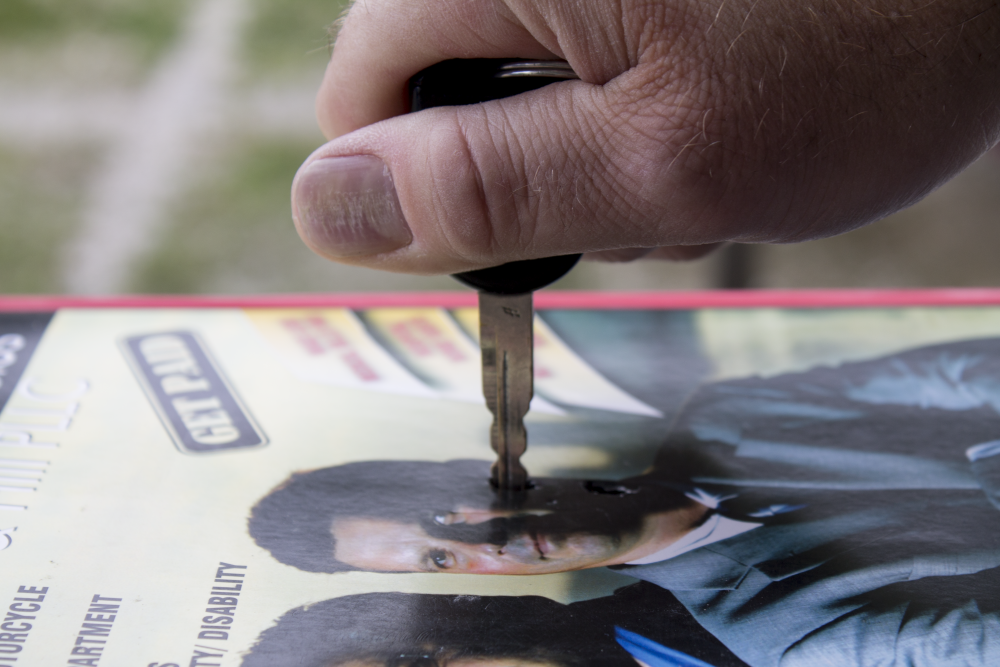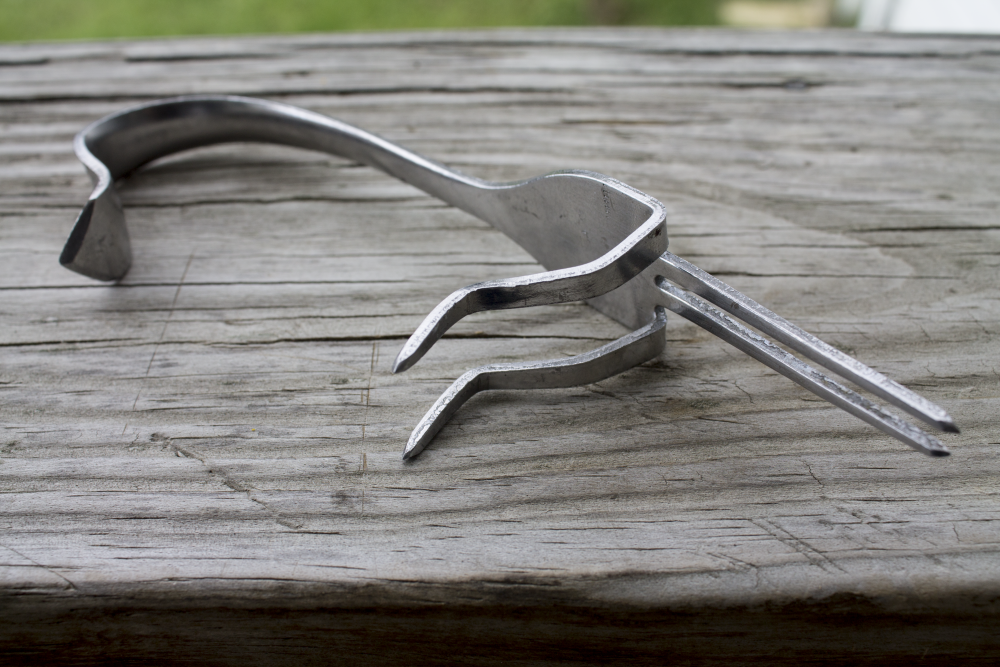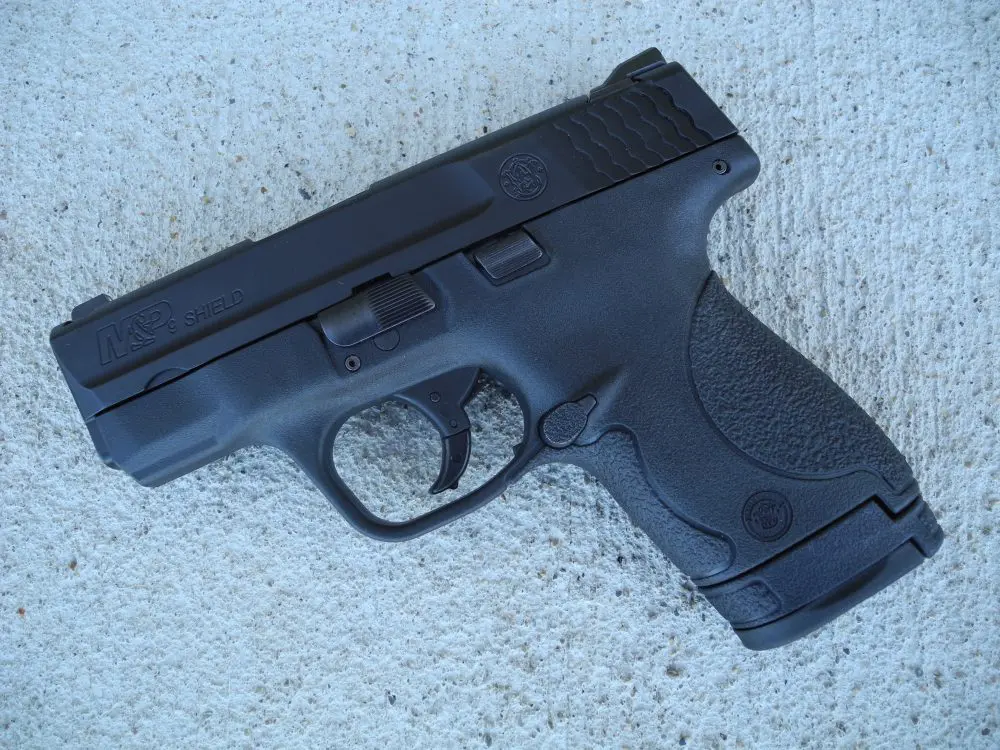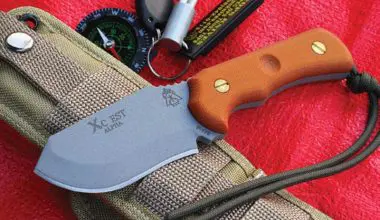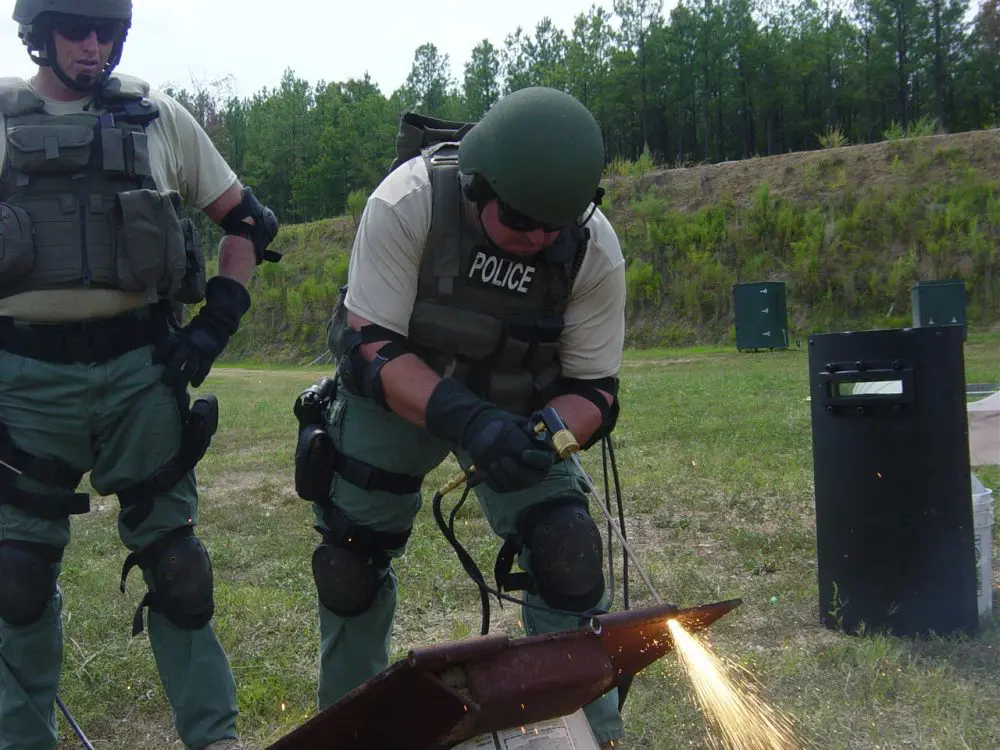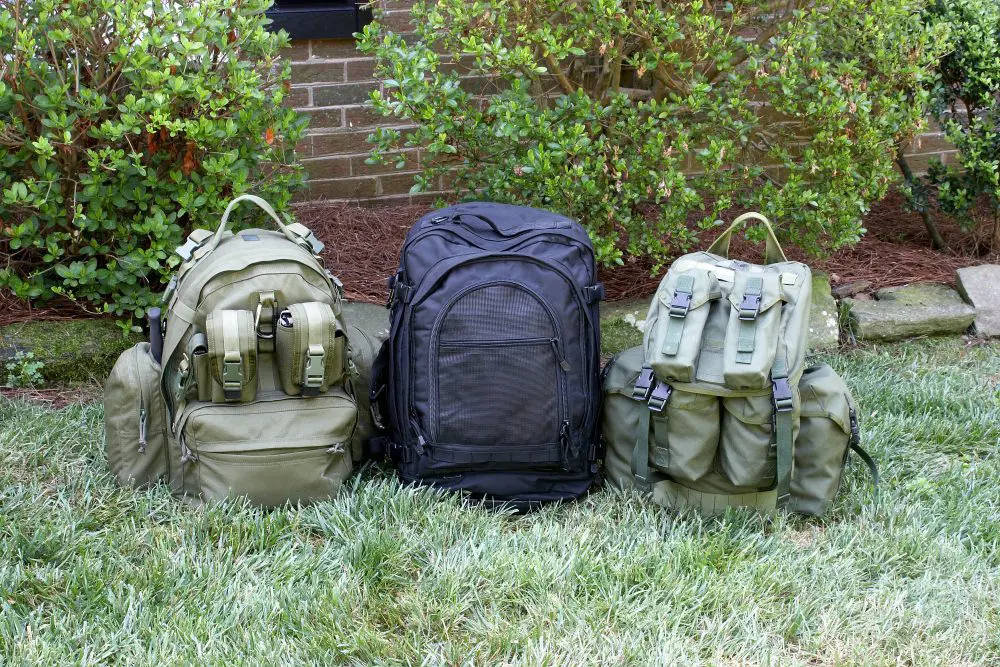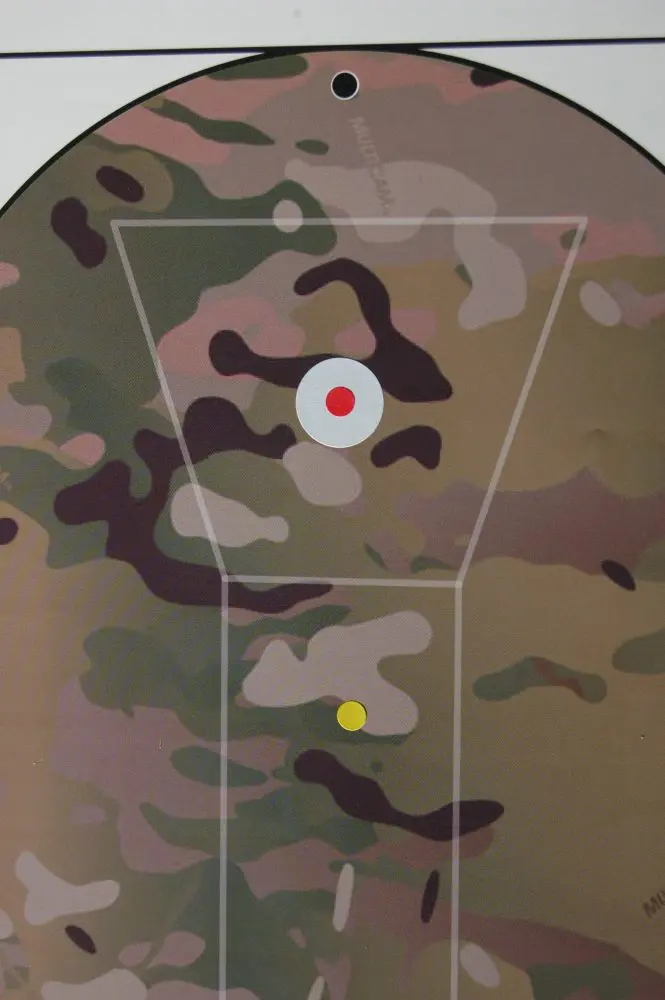Just a small sample of potential improvised weapons, from credit cards and combs to cell phones and keys.
Ever since the Bourne movies, a lot of people who don’t understand aggressive conflict have been fascinated with the idea that Jason Bourne could use a pen to fight off an attacker. Although the fight scenes in these movies are mostly overblown Hollywood claptrap intended purely as entertainment, the premise is sound.
Using various objects for combat has been in practice for centuries. Many of the martial arts weapons we know today began as simple farming tools that were turned into weapons when an unarmed populace was forced to defend itself against an overwhelming force.
To most people, ordinary everyday objects are completely innocuous. People cannot see an item as a weapon unless it is clearly designed as one. But by weaponizing the world around you, you can greatly increase your and your family’s chances of survival in a chips-down scenario.
Table of Contents
WHAT IS AN IMPROVISED WEAPON?
Simply put, an improvised weapon is any object that was designed for a given purpose, usually innocent or inconspicuous in nature, which can be altered in preparation for, or weaponized during, a combative scenario to give the user an advantage.
When hammer striking with the butt of a folded magazine, focus the pound-force per square inch to maximize blunt-force trauma.
WEAPONS OF OPPORTUNITY
While the idea of improvised weapons seems very intriguing and exotic, the truth is that they are weapons of opportunity: from the rolling pin wielded by an angry housewife to the beer bottle used by a bar fighter first as an impact weapon and then as an edged weapon after the bottle breaks. If you have ever considered using a chair or heavy ashtray in defense of yourself or your family, you have contemplated improvised weapons.
Not all improvised weapons are simply weapons of opportunity. Some are constructed with clear intent or were selected for everyday carry because of their potential as a weapon.
For example, in every prison in the world, stringent measures are taken to ensure that inmates do not have access to weapons of any kind. But shivs are regularly constructed from very simple objects like toothbrushes, which are available to all inmates.
Many people carry pens like the Zebra Stainless Steel barreled ballpoint pen due to its strong barrel, for use as a kubotan or penetrating weapon, while still being just a pen. And for the truly industrious, let’s not forget the zip gun.
Science might not be the correct term, but it’s as close as I can figure when thinking about weaponizing ordinary objects. In the items around you, you’ll begin to notice certain things that you can key in on and determine the best use of that object for self-defense.
One of the key principles in making any weapon effective, improvised or not, is proper targeting. While a weapon will work anywhere on the body, the right target makes a weapon more effective. Simple key principles are: hard objects for hard targets, edged and pointy objects for soft targets, and soft or liquid objects in the face for distraction.
When choosing an improvised weapon, structural integrity is important. Attempting to use as a weapon an object that has a structural flaw in it somewhere may cause it to fail at a critical moment. For example, if you attempt to use a shirt or jacket as a makeshift sarong and the sleeve rips off during use, your technique will fail, possibly placing you in a compromising position. Beware potential structural flaws.
When properly holding a key or .223 round, you can generate enough force to put it a quarter inch into a phone book. Very effective.
IDENTIFYING THE MOST EFFECTIVE PART OF AN OBJECT
We already know that any weight focused on a small area will equate to a larger pound-force per square inch—and the heavier the weight and smaller the area, the more pound-force. So when considering an object for use as an improvised weapon, look at the overall structure and determine which part will deliver the most pound-force with the greatest accessibility.
For example, if you use a chair, the end of one of the legs will deliver the most pound-force per square inch. But it will be very awkward to try to hit somebody with the end of the leg, so you will probably achieve greater success using the chair more like a bat.
If you were using a cell phone, it would not be awkward or uncomfortable to use a corner of the phone and maximize the impact.
Likewise, a magazine is a great weapon when rolled up, but if you try to use it as a club, you won’t get much impact because there isn’t much weight behind it. If you use the end in a hammer-fist manner, you’ll deliver an effective payload. As a side note, don’t discount using the magazine like a club as a distraction to set up a more effective strike.
Small items can be devastating when used correctly. We’ve all seen the instructions on using keys for self-defense, placing the keys between your fingers, below the knuckle and punching the attacker. But this grip does not have a structure sufficient to prevent the key from collapsing onto your finger and causing as much or more damage to you.
Using items like keys or a .223 round as a weapon can be achieved with the proper grip. Pinching the key or .223 round tightly between your index finger and thumb, while placing it firmly against the pad of your index finger for a base, you can do very serious damage. This kind of tight grip works with many small items, from credit cards to combs.
Great example of a constructed improvised weapon. The fork alone is a great weapon, but this form gives it many more options.
EXERCISE IN CRITICAL THINKING
I had considered doing a section on different examples of improvised weapons, but considering there can be any number of options, I instead challenge you to look around you and think about ways to use the objects at your disposal to defend yourself. You’re surrounded by options.
Some items may not have a damaging effect in themselves, but can be used as a distraction, giving you time to launch an unobstructed offensive. Throwing a drink in an attacker’s face gives you a chance to strike while he’s dealing with the liquid in his eyes (or the burning if it was a hot drink).
CONCLUSION
Improvised weapons are not as exotic as they sound at first. They’re more of an instinctual reaction to a life-threatening situation. People have been using improvised weapons since there were rocks—it’s only recently that they were given a cool name and viewed as a mystery known only to spies.
With a basic understanding of combatives, the will to survive and the ability to see the potential in any object, you can turn the everyday items around you into effective weapons.
Keep it real and stay safe.

